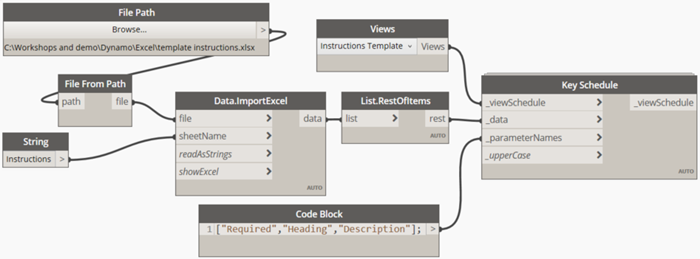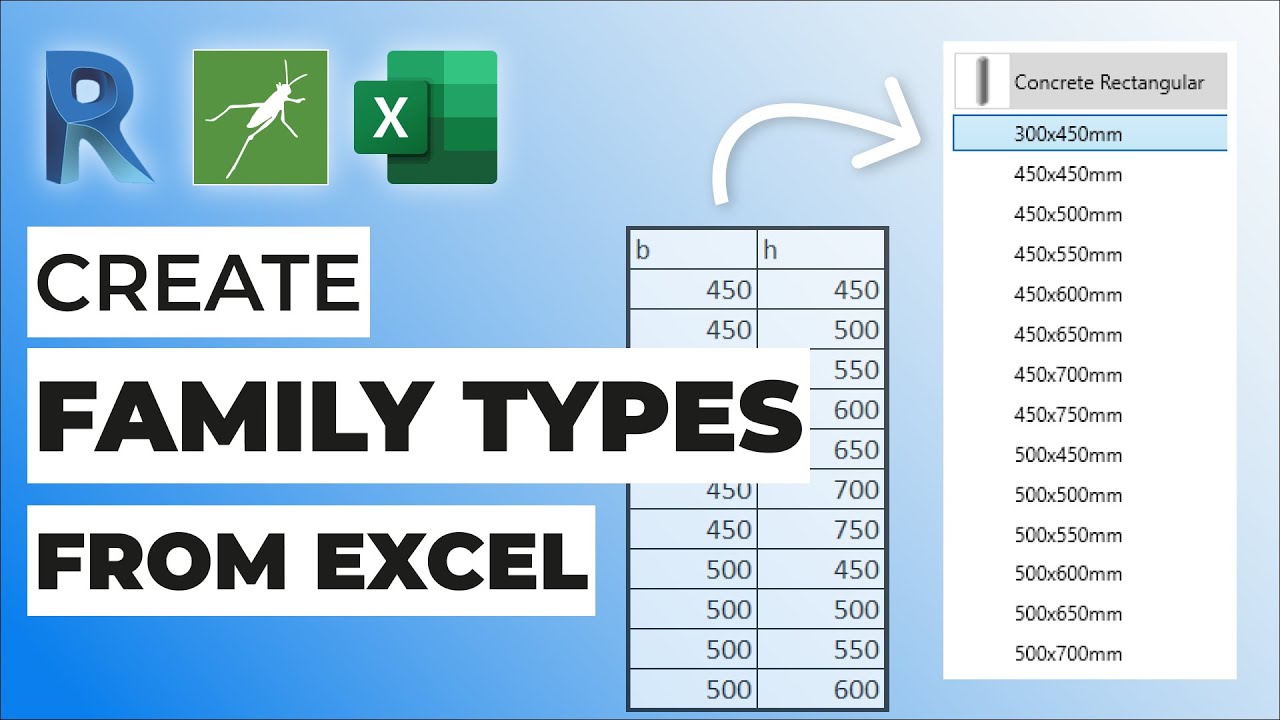Elevate Your Layout Game with Crucial Revit Add Ins
Wiki Article
Revit Accelerator: Excel Integration Techniques for Increasing Efficiency and Collaboration
Are you looking to enhance your performance and collaboration while using Revit? Look no more! In this post, we will explore the advantages of integrating Excel right into your Revit process. Discover exactly how you can improve your processes, make best use of cooperation, and also learn sophisticated techniques for increasing productivity. Plus, we will share ideal practices for seamlessly integrating Excel into your Revit tasks. Prepare to supercharge your Revit experience with our Revit Accelerator: Excel Combination Approaches!Advantages of Excel Assimilation in Revit
The benefits of Excel combination in Revit are countless and can considerably boost performance and collaboration. By flawlessly attaching these two powerful devices, you can improve your workflow and conserve useful time. With Excel integration, you can quickly import and export data between Revit and Excel, permitting you to utilize the staminas of both programs.
An additional advantage of Excel combination is the capability to create dynamic timetables and records. By connecting your Revit model to an Excel spreadsheet, any type of modifications made in Revit will instantly upgrade in the equivalent Excel documents. This makes it easy to produce up-to-date schedules, amount launches, and other project documents.
Excel assimilation in Revit likewise makes it possible for far better partnership among employee. With the capability to import and export data, you can quickly share details with associates that might not have access to Revit. This promotes efficient interaction and permits far better coordination and decision-making.
Streamlining Operations With Revit and Excel
Streamlining workflows with Revit and Excel can considerably improve performance and collaboration. By incorporating the abilities of Revit and Excel, you can effortlessly transfer information between the two applications, removing the demand for manual data entry and minimizing the risk of mistakes.
Making Use Of Revit and Excel together permits you to take advantage of the staminas of each program - revit add ins. You can export data from Revit into Excel, where you can do intricate calculations, create graphs and graphes, and examine the details in a more orderly and reliable fashion. On the various other hand, you can import data from Excel into Revit, enabling you to rapidly upgrade your designs and documents based on adjustments made in Excel
The integration of Revit and Excel likewise advertises cooperation among employee. By sharing Excel data, you can conveniently team up and interact on style and construction-related data. This enhances sychronisation and makes sure that every person is dealing with one of the most current info.
Optimizing Partnership With Excel and Revit
To make the most of collaboration with Excel and Revit, you can flawlessly share and upgrade style and construction-related information with your team. With just a couple of clicks, you can import Excel spread sheets right into your Revit model, permitting you to conveniently gain access to and adjust the data.One of the essential benefits of using Master conjunction with Revit is the capacity to upgrade data in both programs all at once. Any adjustments made in Excel will instantly be reflected in Revit, and the other way around. This guarantees that everybody is dealing with one of the most updated details, avoiding confusion and conserving valuable time.
Additionally, Excel supplies powerful devices for analyzing and arranging data, which can greatly improve your cooperation efforts. You can produce personalized records and charts in Excel, helping you to envision and communicate vital job info effectively. When offering information to check these guys out stakeholders or making notified choices based on project metrics (revit add ins)., this can be specifically valuable.
Advanced Strategies for Enhancing Performance in Revit Utilizing Excel
By utilizing innovative methods in Revit, you can substantially increase your performance by leveraging the power of Excel. With Revit's Excel assimilation function, you can connect Excel spreadsheets straight to your Revit version, enabling you to easily handle and upgrade data.
In addition, you can utilize Excel macros to automate recurring jobs in Revit (revit tools). Macros allow you to tape a collection of activities and play them back with a solitary click, saving you effort and time. You can produce a macro to automatically create space timetables or upgrade parameter worths in bulk.
Ideal Practices for Excel Combination in Revit
Utilizing sites Excel as an information management tool in Revit allows for efficient administration and updating of data. One of the best methods for Excel assimilation in Revit is to produce a clear and arranged data structure. By adhering to these finest techniques, you can effectively make use of Excel as a data monitoring device in Revit and enhance your performance and partnership.Conclusion
In final thought, incorporating Excel with Revit can substantially improve performance and collaboration in the layout process. By leveraging the power of Excel, Revit users can achieve greater levels of performance and collaboration in their projects.With Excel integration, you can quickly import and export information in between Revit and Excel, enabling you to take advantage of the strengths of both programs.
One of the vital advantages of Excel combination is the capability to make use of Excel solutions and features within Revit. By connecting your Revit version to an Excel spread sheet, any kind of changes made in Revit will immediately upgrade in the matching Excel data. On the other hand, you can import data from Excel into Revit, enabling you to promptly update your versions and paperwork based on changes made in Excel.
With Revit's Excel combination function, you can connect Excel spread sheets directly to you can try these out your Revit design, allowing you to quickly handle and upgrade information.
Report this wiki page